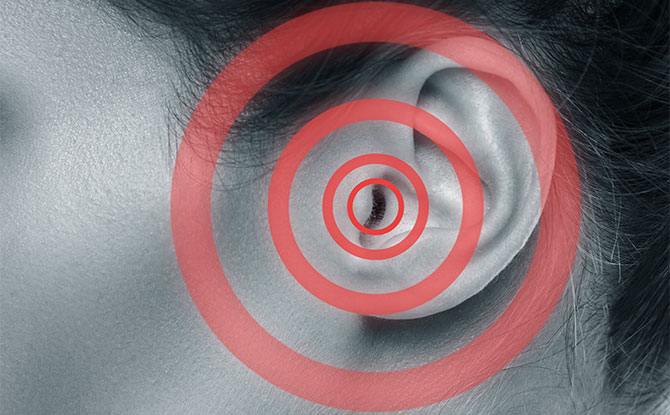Train your ear to identify 8 kHz with an 18 dB boost. As a sound engineer, the most important skill that you can have to is have good ears. This means training your ears to be able to identify what you are hearing. Once you are well versed in listening out to different frequencies, you will be able to create the perfect audio experience for your audience.
Pink Noise Ear Training for Sound Engineers: 8 kHz, 18 dB Boost
Anyone can train their ears to listen and identify different frequencies.
The Pink Noise Ear Training Video below will train you to identify different frequencies..
The video makes use of Pink Noise. Pink Noise is a type of sound. Compared to White Noise, it has more energy at the lower frequencies and replicates how the human ear hears sound.
This Pink Noise Ear Training Video alternates between Pink Noise and 18 dB boost at 8 kHz. Use it to learn to identify the 8 kHz frequency.
For best results, listen using headphones.


